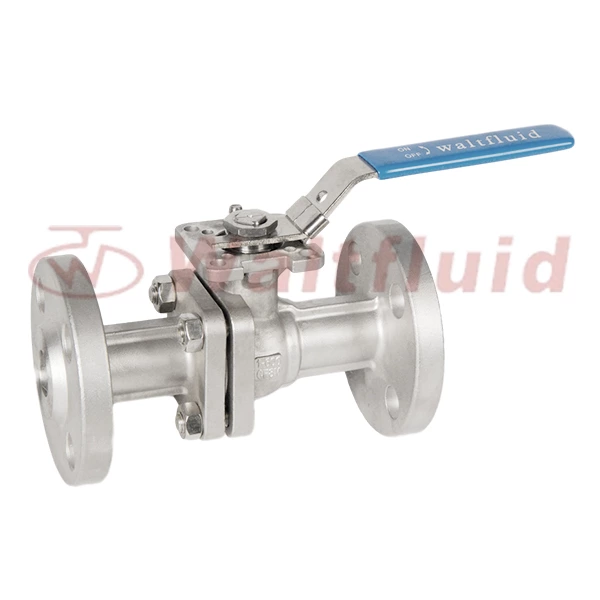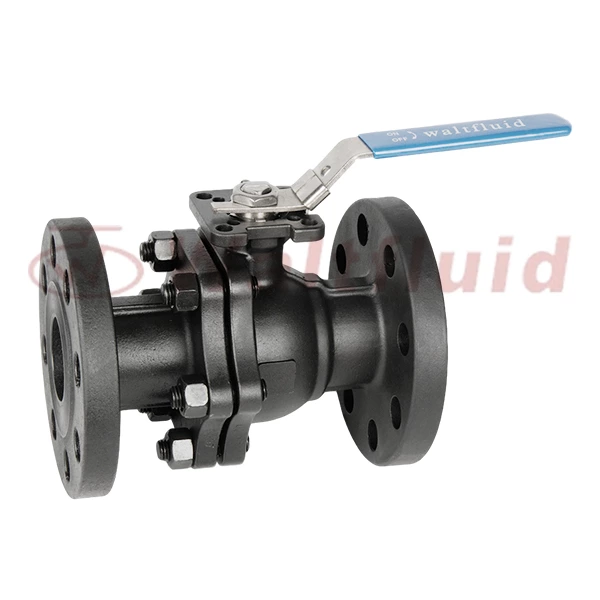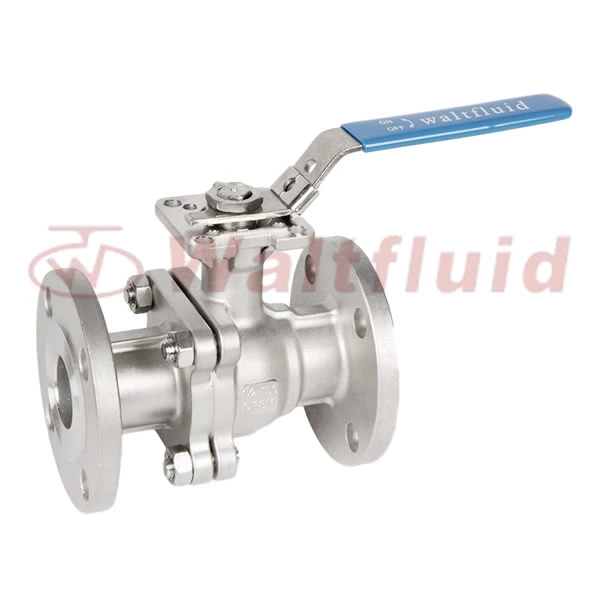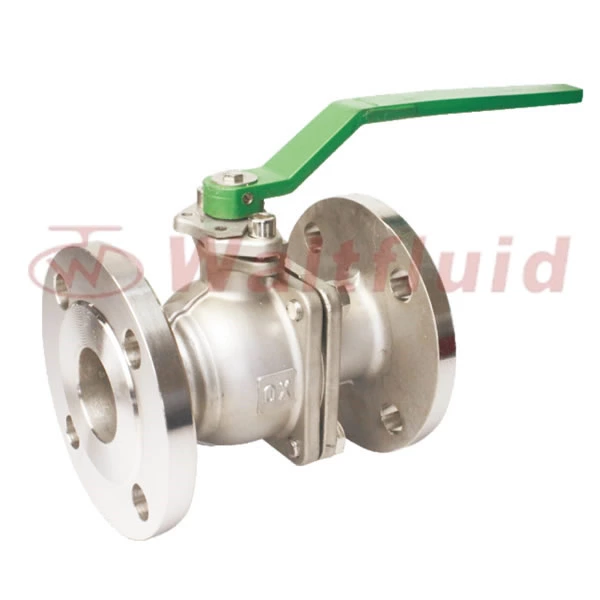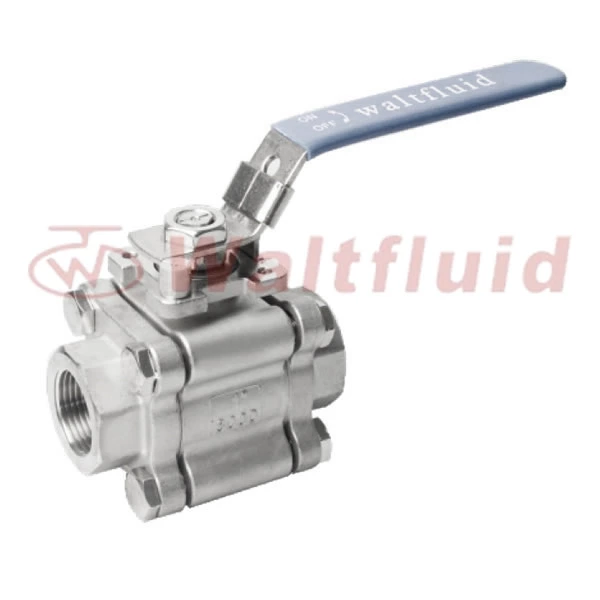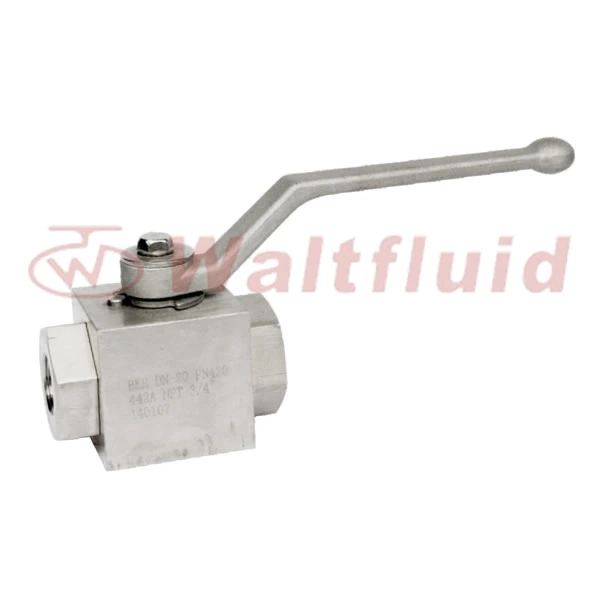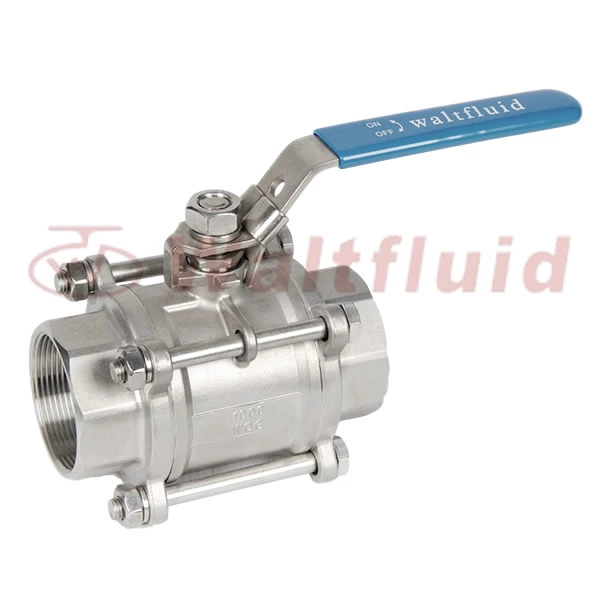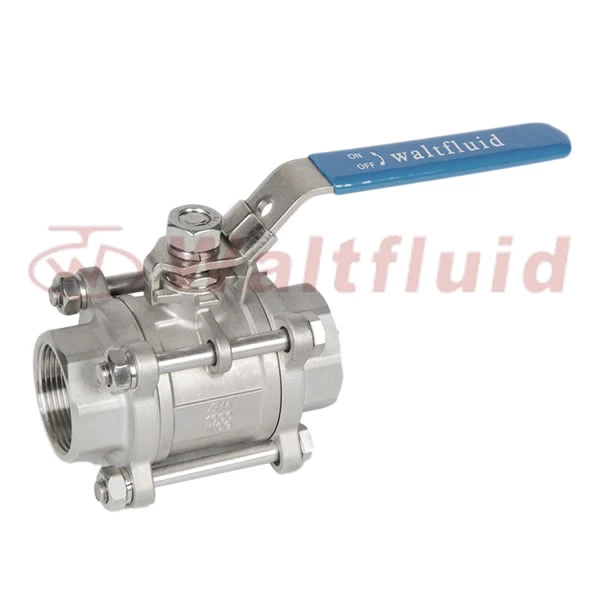Introduction And Instruction Manual Of Pneumatic Cut-off Ball Valve
3 Piece Ball Valve all have the function of quick cut-off, with the characteristics of simple structure, sensitive response, reliable action, etc. It can be widely used in industrial production departments such as petroleum, chemical industry, metallurgy, etc. The air source of the pneumatic cut-off valve requires filtered compressed air, and the medium flowing through the valve body should be liquid and gas without impurities and particles. Pneumatic cut-off valve classification: ordinary pneumatic cut-off valve, fast emergency pneumatic cut-off valve.
The pneumatic cut-off valve adopts a soft sealing structure, designed with working seal and maintenance seal, small operating torque, moderate sealing pressure ratio, reliable sealing, sensitive action, hydraulic control is easy to realize automatic control, and has a long service life. Cut-off pneumatic ball valves are widely used in petroleum, chemical industry, metallurgy, papermaking, pharmaceutical, electroplating and other industries. The following is a detailed introduction to the specific situation of the cut-off ball valve in the pneumatic cut-off valve.
Pneumatic cut-off ball valve manual data introduction:
Pneumatic cut-off ball valve: also called pneumatic cut-off valve (ball valve), GT/AT pneumatic control switch + manual mechanism, flange-connected floating ball valve, internal design fireproof groove seal is PTFE tetrafluoroethylene seal, if a fire occurs and the soft seal is burned, there can be a hard seal, 16 pressure, through DN100 (national standard), double-acting cylinder ventilation switch valve, installation position and pipeline installation and use, ball valve is composed of valve body, hollow sphere/solid sphere optional, tetrafluoroethylene valve seat, valve stem, bearing, etc.
Use:
Widely used in petroleum, chemical, food, medicine, textile, papermaking, hydropower, shipbuilding, metallurgy, gas, water supply and drainage and other systems. It can be used as a cut-off device on all corrosive and non-corrosive gas, liquid, slurry and solid powder pipelines and containers with different pressures, which can realize on-site and remote operation, and can also realize individual or centralized control.
Features of pneumatic cut-off ball valve:
1. Small fluid resistance. Ball valve has the smallest fluid resistance among all valve types. Even for reduced diameter ball valve, its fluid resistance is quite small.
2. Thrust bearing reduces the friction torque of valve stem, which can make the valve stem operate smoothly and flexibly for a long time.
3. The valve stem seal is reliable. Since the valve stem only moves in rotation but not in lifting and lowering motion, the packing seal of the valve stem is not easy to be damaged, and the sealing ability increases with the increase of medium pressure.
4. The valve seat has good sealing performance. The sealing ring made of elastic materials such as polytetrafluoroethylene is easy to seal, and the valve sealing ability of the ball valve increases with the increase of medium pressure.
5. Since materials such as polytetrafluoroethylene have good self-lubrication and small friction loss with the ball, the service life of the ball valve is long.
6. The bottom-mounted valve stem and the convex step of the valve stem head prevent the valve stem from spraying out. If the valve stem seal is damaged due to fire, the convex step can also form metal contact with the valve body to ensure the valve stem seal.
7. Anti-static function: A spring is set between the ball, valve stem and valve body to conduct static electricity generated during the switching process.
Working principle of pneumatic cut-off ball valve:
The pneumatic control ball valve is equipped with a travel limit switch, a solenoid valve, a pressure reducing valve and a 0.4-0.7MPa air source to realize the switch operation, and send out two pairs of passive contact signals to indicate the switch of the valve. The actuator is divided into single-acting and double-acting models. The unique advantage of the single-acting type is that once the power source fails, the pneumatic control valve will automatically be in the open or closed position according to the requirements of the control system. Pneumatic control valves are widely used in chemical, petroleum, textile, electricity, food and pharmaceutical, refrigeration, aerospace, papermaking and other industrial fields. They can not only control gas, liquid and steam media, but also are suitable for controlling sewage and fiber-containing substances.
Implementation standards of pneumatic cut-off ball valves:
1. Design and manufacturing: GB12237-89, API608, API 6D, JPI 7S-48, BS5351, DIN3357.
2. Flange size: JB/T74~90 (JB74~90), GB9112~9131, HGJ44~76, SH3406, ANSI B16.5, JIS B2212~2214, NF E29-211, DIN2543.
3. Structural length: GB12221-89, ANSI B16.10, JIS B2002, NF E29-305, DIN3202.
4. Inspection main test: JB/T 9092, API 598.
Pneumatic cut-off ball valve actuator:
Adopt the new series GT type pneumatic actuator, which has double-acting and single-acting (spring return), gear rack transmission, safe and reliable; large-diameter valves adopt series AW type pneumatic actuator fork transmission, reasonable structure, large output torque, double-acting and single-acting.
1. The cylinder is made of aluminum, which is light and beautiful in appearance.
2. Gear-type double piston, large output torque and small size.
3. Rack-type connection can adjust the opening angle and rated flow.
4. Manual operating mechanism can be installed at the top and bottom.
5. The actuator can be equipped with electrical signal feedback indication and various accessories to realize automatic operation.
6. IS05211 standard connection provides convenience for product installation and replacement.
7. The adjustable screws at both ends can make the standard product have an adjustable range of ±4° at 0° and 90°. Ensure the synchronization accuracy with the valve.
Accessory options
The following accessories can be selected according to different controls and requirements:
Cut-off accessories: single solenoid valve, double solenoid valve, limit switch feedback device.
Adjustment accessories: electrical positioner, pneumatic positioner, electrical converter.
Air source treatment accessories: air filter pressure reducing valve, air source treatment triplex.
Manual mechanism: HVSD manual mechanism
Four points of preparation before installation:
1. Ensure that the pipeline of the pneumatic pipeline ball valve installation position is in a coaxial position, and the two flanges on the pipeline should be kept parallel. Confirm that the pipeline can bear the weight of the pneumatic pipeline ball valve itself. If it is found that the pipeline cannot bear the weight of the pneumatic pipeline ball valve, equip the pipeline with corresponding support before installation.
2. Confirm whether there are impurities, welding slag, etc. in the pipeline, and the pipeline must be purged clean.
3. Check the nameplate of the pneumatic pipeline ball valve, and fully open and close the pneumatic pipeline ball valve several times to confirm that the valve can work normally, and then fully check all the details of the valve to ensure that the valve is intact.
4. Remove the protective covers at both ends of the valve, check whether the valve body is clean, and clean the inner cavity of the valve body. Since the sealing surface of the pneumatic pipeline ball valve is spherical, even tiny debris may cause damage to the sealing surface.
After installation, pay attention to two inspections:
1. After installation, start the pneumatic pipeline ball valve to open and close several times. It should move flexibly and be evenly stressed. The pneumatic pipeline ball valve should work normally.
2. According to the pipeline pressure design requirements, test the sealing performance of the joint surface between the pneumatic pipeline ball valve and the pipeline flange after pressure is passed.
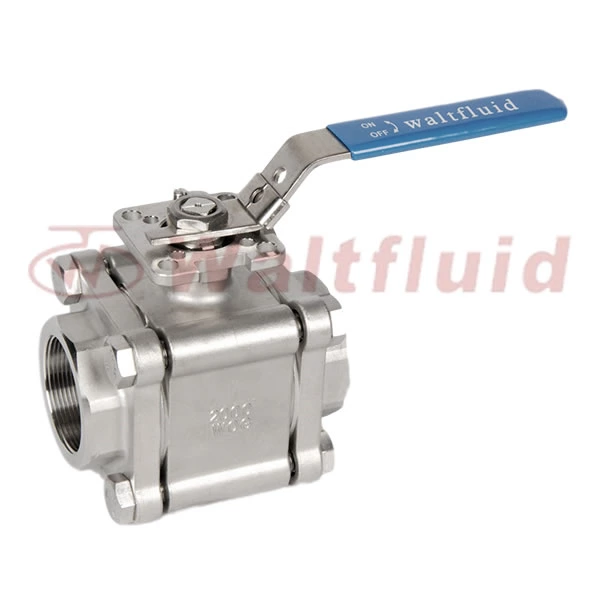
 English
English 中文
中文 Pусский
Pусский  Español
Español
